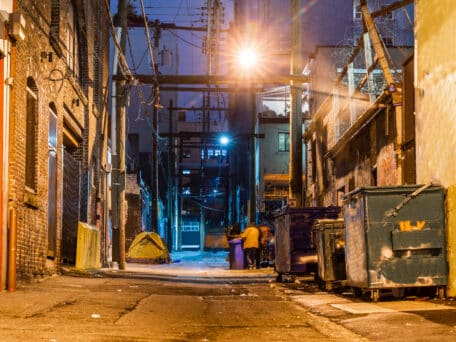Back in May, Shift reported on minutes from a Washington Education Association (WEA) meeting held on April 24, 2014, that revealed the union’s intention to organize illegal strikes for the 2015- 2016 school year. The minutes read,
“That WEA prepare and organize a plan for a possible statewide action for the 2015-16 school year that may be implemented if the State Legislature suspends or eliminates the cost of living adjustment (COLA) for 2015-2016 by the end of the 2015 Legislative Session.
“WEA staff at the state and council level will work with local leaders to develop action plans appropriate to the local association and community. To the greatest extent possible, the statewide locally determined actions should involve external partners and serve to build support for and secure an ongoing and stable cost of living adjustment for public education employees.”
Now it appears it is all coming to fruition – even though the COLA in question was funded by the legislature this year – as the union in the Pasco School District has threatened the first illegal teachers’ strike for the beginning of the school year. According to reports, union executives in the Pasco are demanding an 11% pay raise or they’ll recommend teachers strike against children and families. The Washington Policy Center,
“The Pasco Association of Educators says the $2.3 million in extra salary and benefits that it’s being offered by the Pasco School District for the next school year isn’t enough. It wants another $15 million – including an 11% pay hike for all teachers – or it will go on strike after its contract expires August 31st.”
The school board has brought in a meditator due to the union’s refusal to budge on its outrageous terms. So, as parents await news as to whether or not their children will start school on time, there are a few facts to keep in mind—not least of which are the facts that teachers’ strikes are, in fact, illegal and they do not benefit students. Via the Washington Policy Center,
- It is illegal for teachers to strike in Washington state. (RCW 41.56.120) In fact, every Superior Court injunction to date has called teacher strikes “illegal.”
“Defendants are engaged in an illegal strike against the district.” – 1978 Seattle http://archive.myfreedomfoundation.com/docLib/1978strike.pdf
“The MEA strike violates the prohibition on public employee strikes and is an illegal strike.” – 2003 Marysville http://archive.myfreedomfoundation.com/docLib/injunction.pdf
“As public employees, the defendants have no protected right to strike under Washington law, and are currently engaged in an illegal strike against the District.” – 2009 Kent http://archive.myfreedomfoundation.com/docLib/Kent_strike_2009.pdf
- The Pasco Association of Educators would be in violation of its own contract, which prohibits a strike:
“SECTION 5: NO STRIKE/NO LOCKOUT During the term of this Contract there shall be no strike or other economic action by the Association and no lockout or other economic action by the District.”
- WPC’s 2011 Key Facts on Pasco Public Schools showed average teacher pay with benefits in Pasco is $73,962 for a ten-month work year. Fifty three Pasco public school employees receive more than $100,000 a year. In the 2014-15 school year, state figures show Pasco teacher pay with benefits rose to $77,754. This compares quite favorably to the average annual wage of $35,329 for citizens who live in Franklin County.
- The 2014 State Board of Education Achievement Index shows 16 of Pasco School District’s 19 schools get no better than a Fair or “D” grade when ranked for quality. Eleven schools received an F or F-. In total, 7,800 students attend schools in the Pasco School District that are underperforming.
- Recently, in response to the 2012 McCleary court decision, the Legislature dramatically increased funding for the schools. Since 2012 the state has increased funding for K-12 schools by nearly $5 billion—from $13.4 billion to $18.2 billion, or nearly $2,500 more per student. The size of this increase is huge and historic. Legislators have delivered the highest percentage of the state budget in 30 years – 48% – to public schools.




